Human-Powered Energy Harvesting
Summary
This project concerns the design, development, and fabrication of a series of electromechanical energy harvesters that scavenge power from human motion, especially locomotion. This was a three-year university project with an industry partner that resulted in multiple patents, publications, and devices.
Goal
Produce a vibration energy harvester with a total device volume of one cubic centimeter with the highest power output possible under human motion excitation – especially walking.
Approach
This project was a lot of fun, and the work constitutes the basis of my dissertation. Being that I worked in concert with an industry partner, I was in the somewhat unusual position of working on a project that is one half academic research, one half product development. It was therefore never enough to produce a merely functional benchtop prototype device; consideration of mass manufacturability and design aesthetics were important for the success of the project.
The original target location for energy harvesting was the wrist, with the idea being that one could power activity or health monitoring sensors using harvested energy in a compact, wrist-worn device; however, it was discovered over the course of the project that the harvester designs were surprisingly good at harvesting energy at other body locations as well.
I generally approach engineering problems by first creating a mathematical model, then optimizing that model, then finally proceeding with product design. There is an extensive literature on energy harvesting, and specifically vibration energy harvesting, that takes quite a bit of time to digest properly. I spent quite a while reading papers, familiarizing myself with common modeling techniques and the mathematics of oscillators.
One of the first and most consequential decisions one must make when creating a wrist-worn energy harvester is deciding on the mechanical structure that is responsible for absorbing kinetic energy from the motion input. At the time, there didn’t exist much in the way of comparative analysis of architectures with an emphasis on the relative merits of each in the literature; a systematic approach to comparing architectures became the subject of my first journal publication on wrist-worn energy harvesting and it began by creating mathematical models of several of the most common architectures that I observed in the literature. The idea was to compare the performance of each of these architectures via simulation to determine which one is best suited for a wrist-worn application. The models would also be empirically validated.
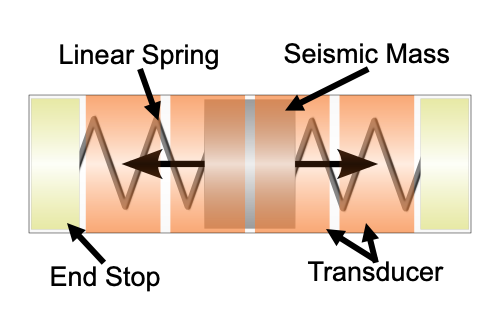
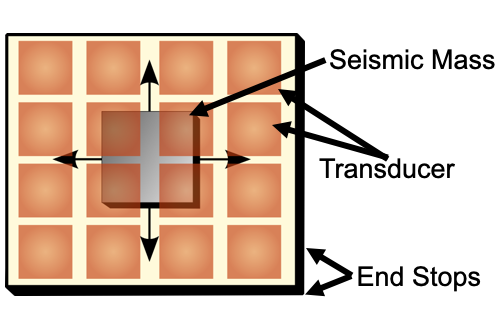
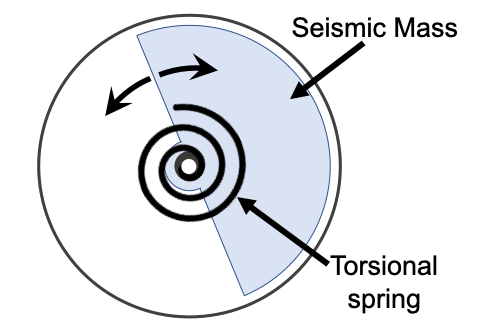
Of course, it’s not fair to compare architecture A to architecture B if one is well-designed and the other is not; for this reason, each architecture was optimized for power output under the excitation of interest. The paper concludes that an eccentric rotor architecture is likely to perform best in a wrist-worn application, and fabrication of a series of prototypes was already underway while the work for the paper was being conducted.
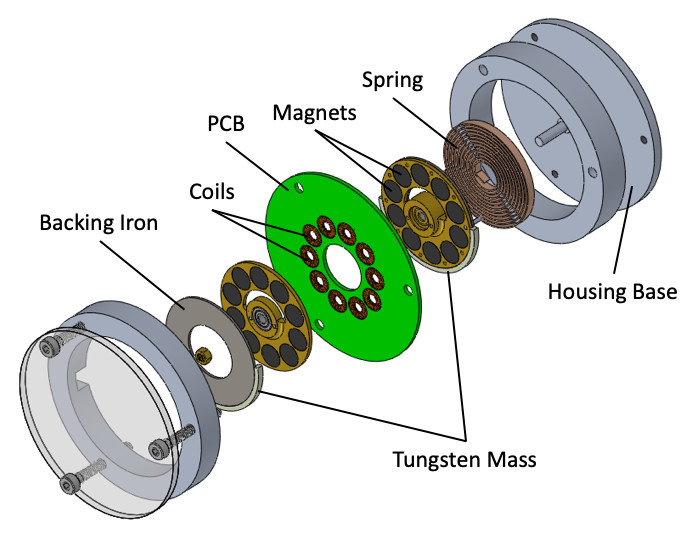
Being that the research was conducted in coordination with an industry partner, it was not enough to simply design benchtop prototypes to corroborate the models or demonstrate power output; the prototypes had to be sleek and were designed with mass production as a constant background concern. I found this to be one of the most fun aspects of the project since, unlike a typical engineering graduate school project, it meant that a significant amount of the work involved the development of a viable commercial product. As time went on, the prototypes became smaller and smaller, and looked less and less like something you’d only find in a research lab.
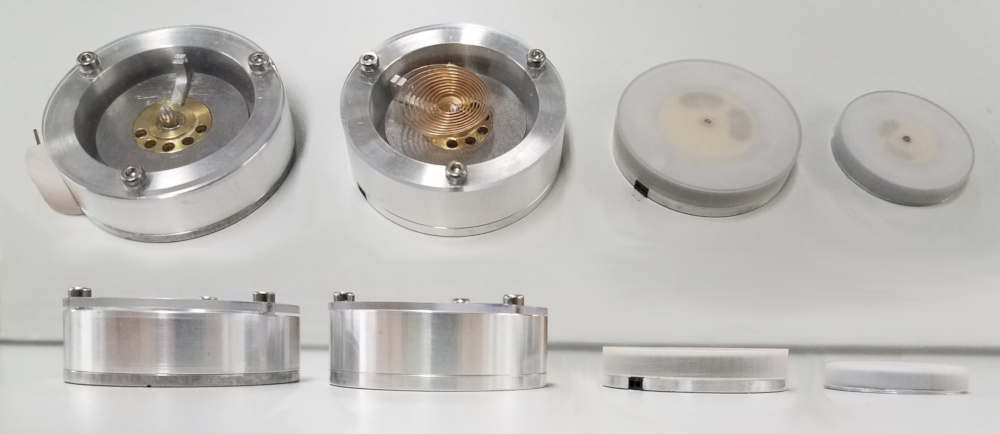
By the time the project began to wrap up, the fourth and final generation of prototypes were comparable in size to a stack of US quarters and arguably represented the most power-dense wrist-worn energy harvesters in the world. Since the prototypes were handmade in a university lab – which required designing with relatively loose tolerances – the more sophisticated and precise manufacturing techniques that typify mass production environments would almost certainly produce far more powerful and robust units.
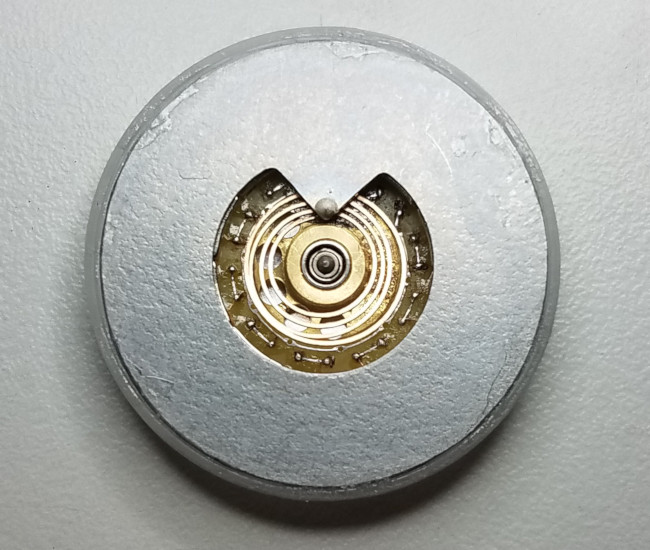
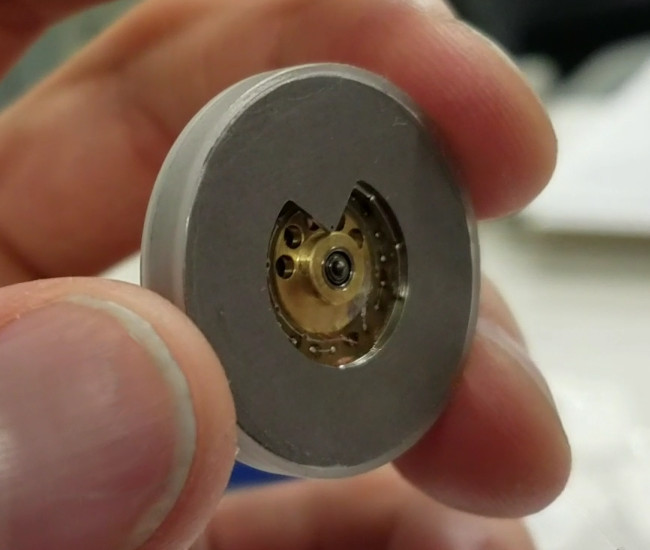
Much of my time on the project was spent trying to better understand the dynamics of the mechanical oscillator, which essentially constitutes a damped compound pendulum. Compound pendula under simple excitation exhibit rich dynamical behavior per se, but the wrist-worn harvester model considered force and torque inputs in multiple dimensions making analysis quite complicated. A deep dive into the dynamics of eccentric-rotor harvesters in the context of wrist-worn energy harvesting is the subject of another one of my journal publications . A novel, wideband energy harvester is proposed in that work, and that has led to the creation of a patent for the technology.
I’ve skipped a lot of details in this writeup, including: conducting human subject trials in a large population of subjects, performing device testing in body locations besides the wrist, spectral analysis of IMU data, the development and analysis of benchtop testing systems, transducer design and optimization, the development of the simulation codebase, alternative piezoelectric devices, development of power conditioning electronics, and many other components of the larger endeavor that made the breadth and robustness of the project as great as it is.

I’d be remiss to not mention that the sizeable compendium of work generated by this project was a team effort; I worked closely with our lab’s postdoctoral researcher, Halim Miah , who carried out the vast majority of the device experiments and did a lot of the work on the power electronics, freeing me to design prototypes and analyze ODEs to my heart’s content. My advisor, Shad Roundy , oversaw the entire program and made major contributions to just about every part of the project. And, of course, there were our industry partners, who funded the entire program and provided valuable technical feedback all along the way.